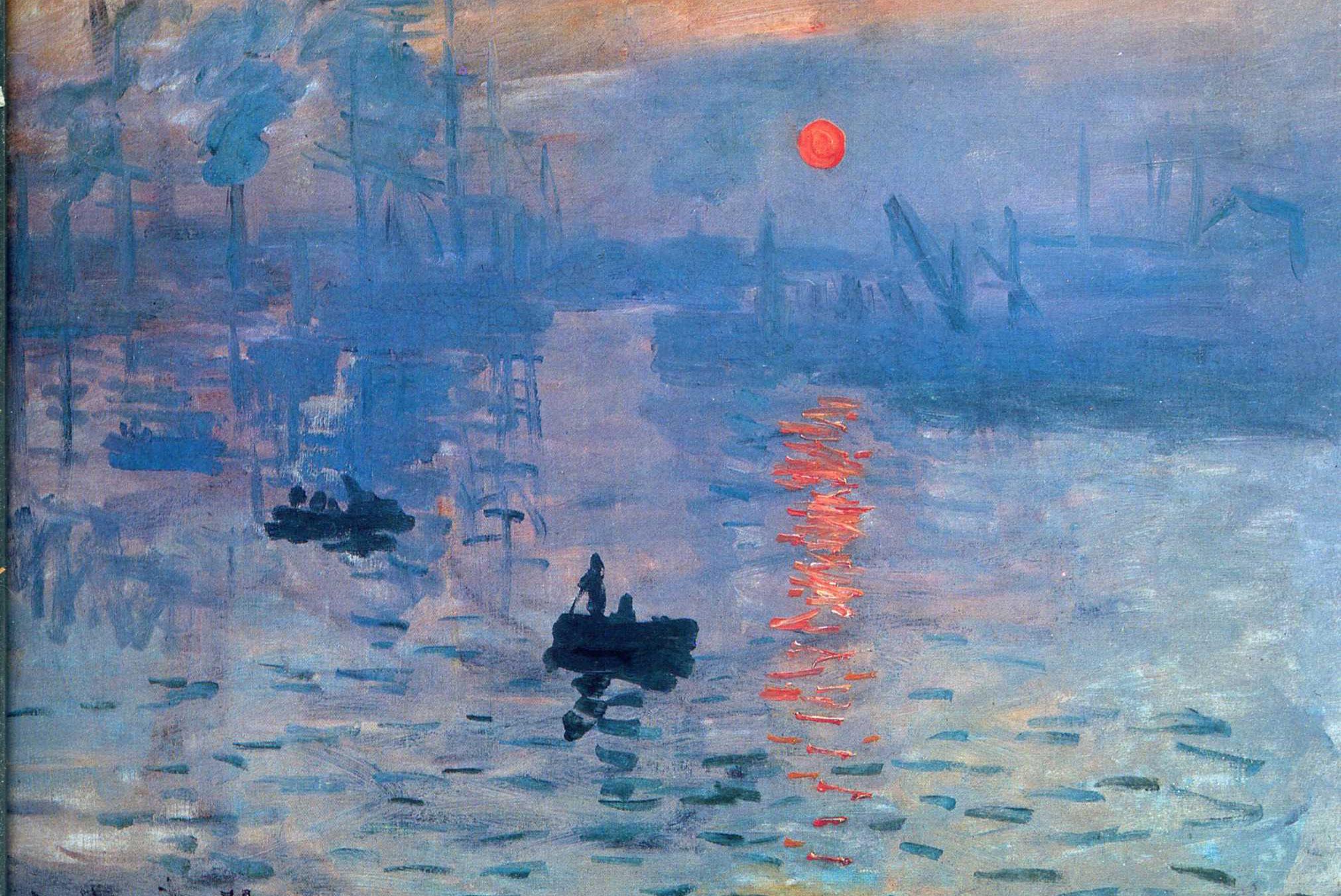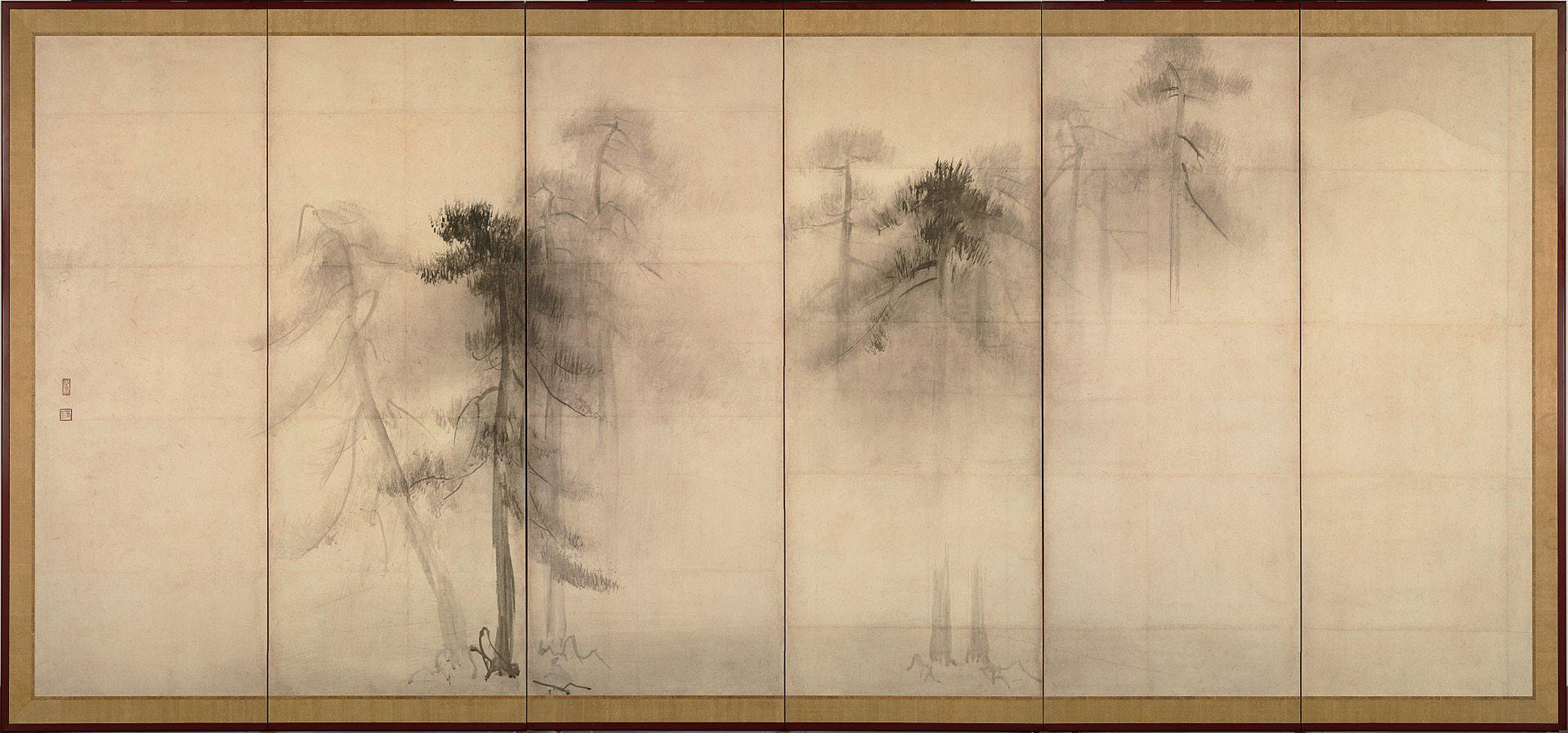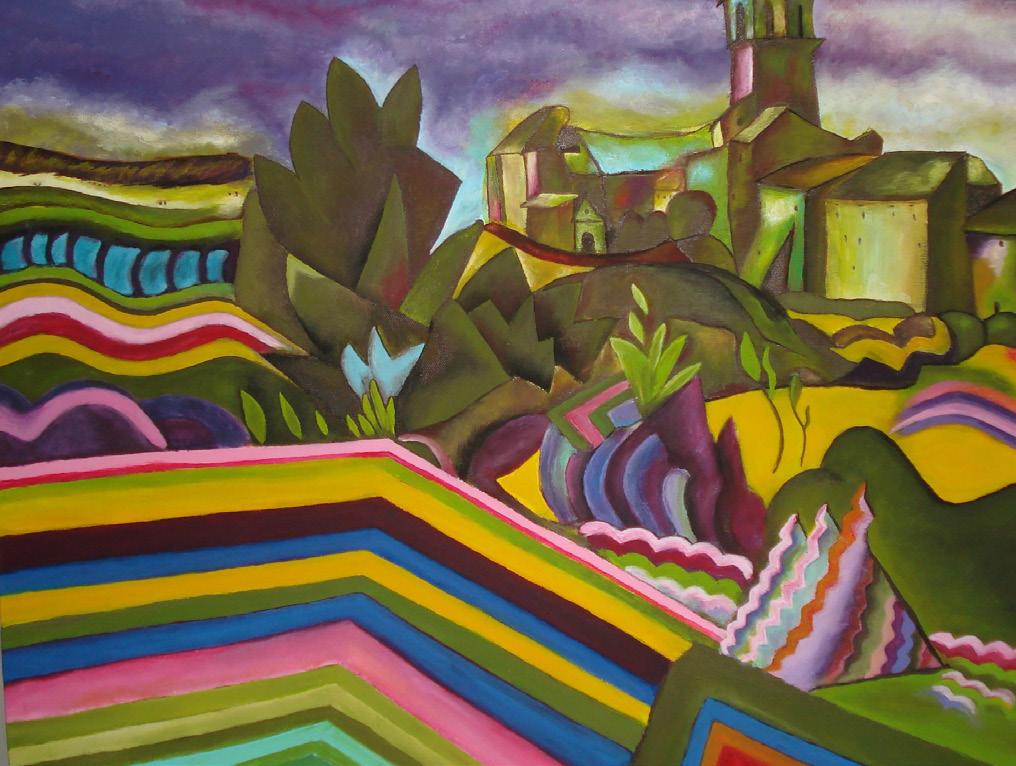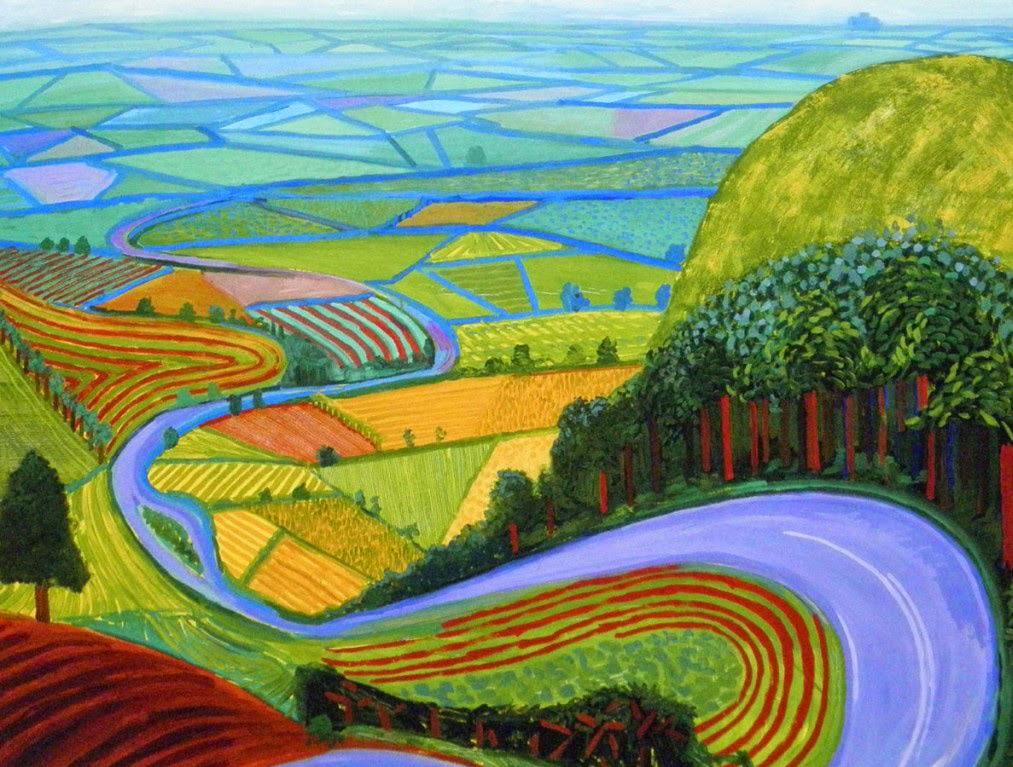
2 minute read
What can landscape photographers learn from landscape painters? by Mark Reeves Pro Events Manager
By Mark Reeves Pro Events Manager
For centuries landscape painters have chosen to take very inventive and creative approaches to the portrayal of the world around us. We all know, of course, of the great impressionists who took the genre to extremes, to the point where the original scene was barely recognisable. Just think of JMW Turner’s Rain Steam and Speed, or Monet’s Impression, sunrise. There was no attempt in these works to recreate what the eye sees and the artists have used very liberal interpretations of both colour and texture.

Rain Steam and Speed by Truner

Impression Sunrise by Monet
Going back further to the 16th century Hasegawa Tohaku painted these beautiful impressions of pine trees.
More recent painters have continued this tradition of interpreting the landscape; consider Miro’s Village of Prades or Hockney’s Yorkshire Landscape in which even perspective and shape have been bent to the creator’s vision.

Pine Trees by Hasegawa Tohaku

Village of Prades by Miro

Yorkshire Landscape by Hockney
So what can we photographers learn from painters? Can we take their skills and vision to influence our own work?
If you are interested in these questions, you might be interested in a new workshop that we are running in Whitstable, Kent in April. Professional photographer Alex Hare and former Head of Art at Canterbury Christ Church University will be collaborating to consider the history of landscape art, its theory and principles and how they relate to photography. The day will be a combination of classroom teaching and outdoor photography.
For more details and to book, see https://rps.org/2022/landscape/arttheory







